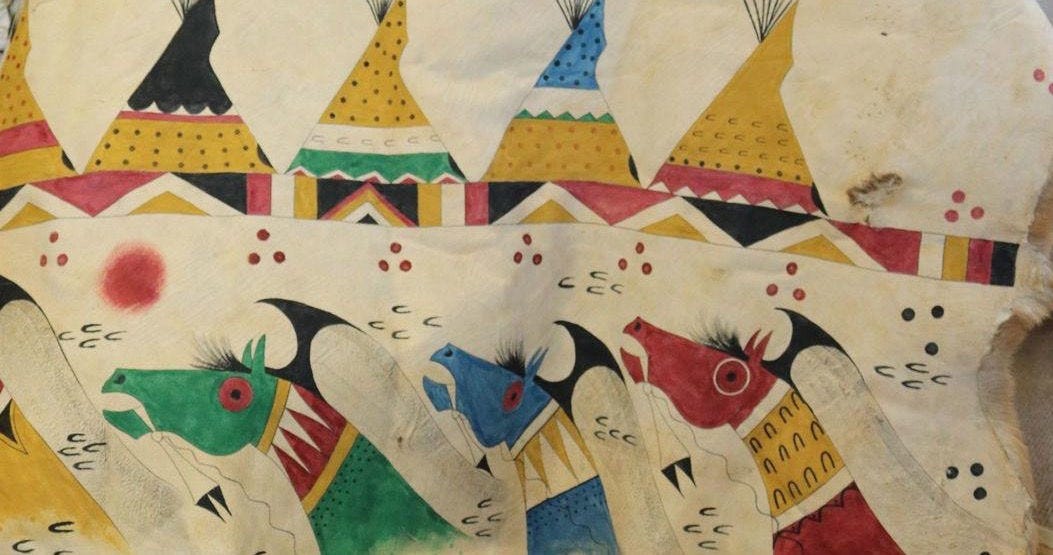The Queer lobby keeps adding letters to their banner to signal their holier-than-thou “inclusivity” and “diversity”. One of the more recent inclusions has been the 2S, which stands for Two-Spirit”, but what does this mean and where did it originate?
The English term “Two-Spirit” was coined in 1990 during the third annual intertribal Native American/First Nations gay and lesbian conference in Winnipeg, Manitoba, Canada. The congregants wanted to distance themselves from European concepts of “gay” and the word “berdache”, a label given to the gender non-conforming natives by white settlers. “Two-Spirit” is a translation of the Ojibwe niizh manitoag.
I grew up in Manitoba. One Scottish branch of my family travelled here on Lord Selkirk’s ship to work for the Hudson’s Bay Settlement, which is now Winnipeg. Despite living in close proximity to many Cree, Ojibwe and Dakota communities, I know embarrassingly little about their cultures. I have (also embarrassingly) heard countless Queer activists over the past 20 years refer to historical examples of “transgender” people, often citing Two-Spirit as a local example, but I’ve rarely heard this mentioned by First Nations people themselves. So, I’m curious: what were the historical and cultural meanings of the term? Ask, and the Universe/Creator/God provides.
I was introduced to a Dakota woman who resides in Winnipeg, not far from where I was born. She has several friends who attended the 1990 conference. I’ll call her “Teara” to protect her privacy. (She chose the pseudonym "cause I'm gonna tear this crap down...for my community's well being"). Teara reminded me a lot of my own grandmother, a powerhouse of a woman with a big heart, a loud voice and a sharp mind that can detect bullshit up wind. She’ll call it like it is.
Dakota culture is organized around the Creator. What is given by the Creator is to be respected and appreciated. Teara comes from a long line of “seers” – a visionary gift. The Dakota people have long believed that everyone is born with two spirits – one masculine and one feminine. She gave examples of times when she draws from her male spirit when she needs to be strong, and from her female spirit when she needs to be gentle. Sometimes, one of those spirits is innately stronger in a person and so, some women tend to be more masculine, and some men tend to be more feminine. Since all natural traits are seen as the gifts from the Creator, they are honoured. Women with strong masculine spirits were permitted to go hunting with the men. Likewise, men with strong feminine spirits were permitted to participate in activities with the women.
She explained that this understanding is very different from the contemporary “transgender” movement. Two-Spirit people were not seen as a third sex, nor the opposite sex. They understood that female and male are biological/reproductive categories. To “change sex” would be at act of rebellion against the Creator who gave us the gift of our bodies.
Queer politics have made their way into Teara’s own Manitoba community. She sees this as a threat to her culture, an attack on native women, and an effort to divide and conquer. She has raised her concerns in her community, and met with hostility. She’s been asked to leave council meetings and has been physically attacked and intimidated.
I saw no hate or deceit in Teara. She was generous and gracious with me, freely offering her wisdom to a stranger. She has insights into the disruptive and divisive nature of critical gender theory which echo academics like James Lindsay.
Teara is a Knowledge Keeper.
For more information:
Dr. Myra Laramee, B.Ed., M.Ed., Ph. D (Education) of Fisher River First Nation discusses what it means to be Two-Spirit, as well as the term’s history and origin.
Image Credit:
Lakota Art a Connection to the Past , a Path to the Future
https://indianaffairs.state.ne.us/lakota-art-a-connection-to-the-past-a-path-to-the-future/




